Description
Falcon Bird is medium-sized bird of prey that belongs to the family of falcons and caracaras.
Most species of falcon are dark brown or grey-colored with white, yellow and black spots and markings on the body.
Chicks of some species, such as peregrine falcon, grow very fast. They double their birth weight after 6 days and increase it tenfold by the age of 3 weeks. Young birds reach sexual maturity at the age of one year.
How long do Falcon eggs take to hatch?
About 29-32 days after the egg is laid the chick will be ready to hatch. This period may vary by a day if the correct incubation temperature of 99.5°F (37.5°C) and hatcher temperature of 98.5°F (36.9°C) have been maintained and weight management practiced.
Pip occurs at 48 to 24 hours prior to hatch.
EGG LAYING:
The hen may begin laying eggs in as little as two weeks after the first mating. This being said, sometimes a hen may get carried away and begin laying without a mating having taken place.
Candling Eggs to Assess Fertility and Embryo Development:
Eggs can be candled about 6 to 12 days after their incubation has begun to verify fertility and development of the egg.
At that time you should see a web of tiny red/pink veins starting to become visible inside the shell.
Shining a light through the egg to observe embryo development is called “candling.” White or pale eggs are more easily candled than dark or speckled eggs, which require a high-intensity candler.
The presence of embryos can be confirmed easily after 6 days to 12 days of incubation.
The embryo is located in the large end of the egg, where blood vessels radiate under the surface of the shell.
The embryo appears as a dark spot that becomes larger as incubation progresses. Eventually only a dark mass and the air cell are seen.
EGG HATCHING
Before an egg hatches, the chick inside starts peeping. The chick uses a special egg tooth to peck around the circumference of the egg. It takes from a few hours to two days to peck all the way around it, depending on the strength of the chick and the thickness of the egg. This process is called “pipping.” Once a chick has pipped most of the way around its egg, it turns inside the shell and breaks out of the egg.
After the exhausting hatching, the chicks can often be seen resting on their backs. During these first few hours of its life. For the next 8 to 12 hours, the parents(Breeder) will not feed the chick, as it receives nourishment from absorbing its yolk sac. Feeding starts only after 8 to 12 hours after hatching.
DEVELOPMENT:
The first 10 days of a chick’s life is a period of very rapid growth and development.
For the first week, the chicks are blind and helpless. A newly hatched chick is wet and has the appearance of an embryo.
After about 10 days you will be able to see pin feathers, which are their first feathers. At that time, the chick can easily move around the nest box and beg for food. Their vocalizations change from soft peep, peep, to loud and raspier calls for food.


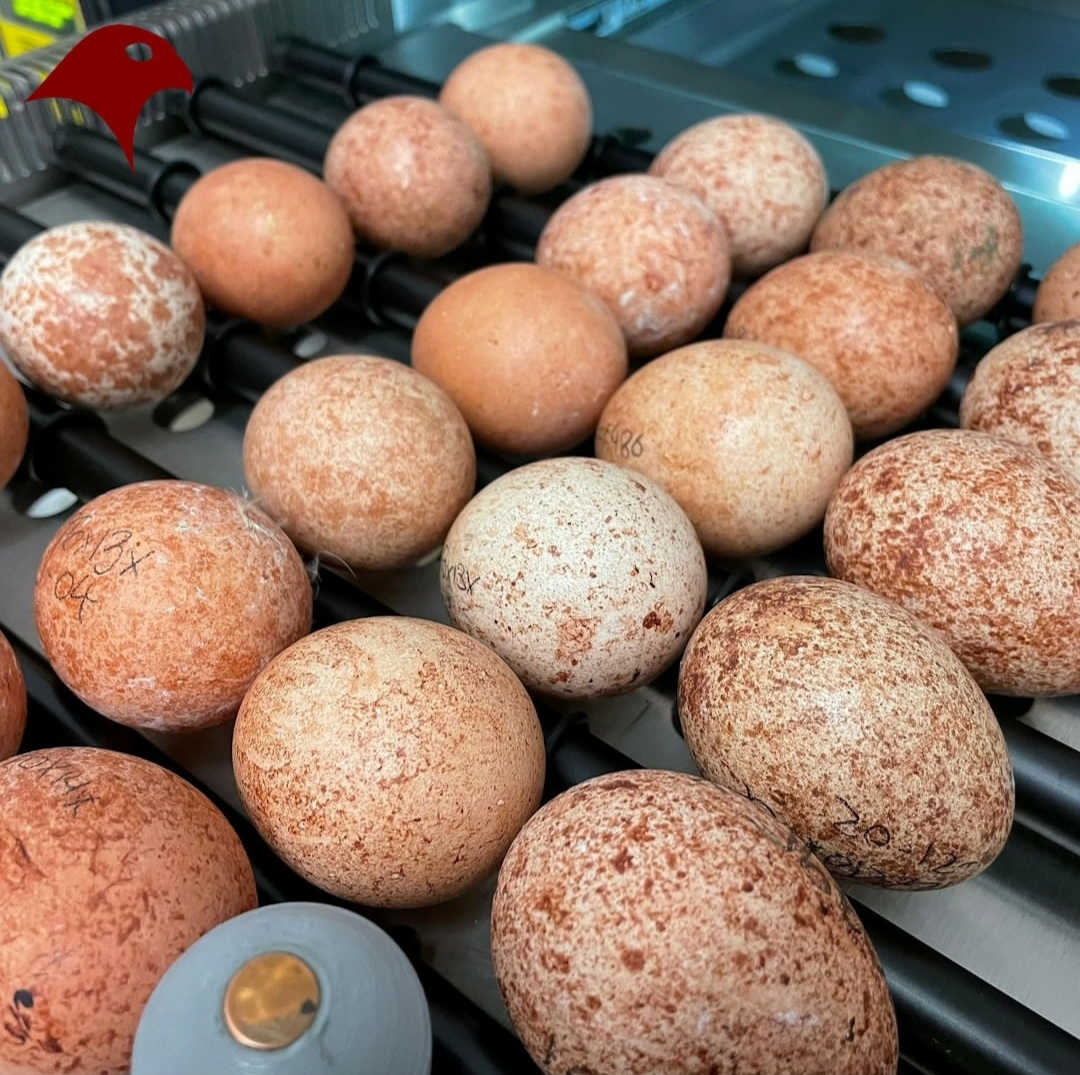
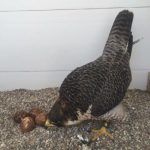
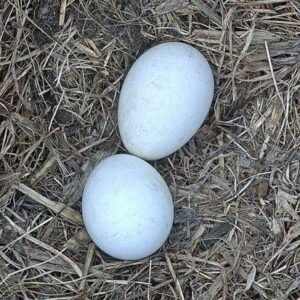
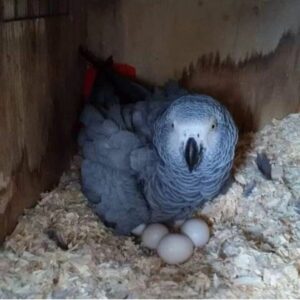
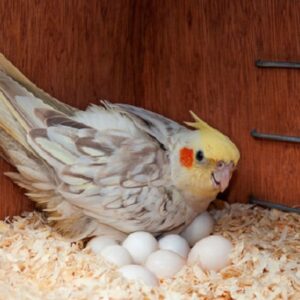

Reviews
There are no reviews yet.